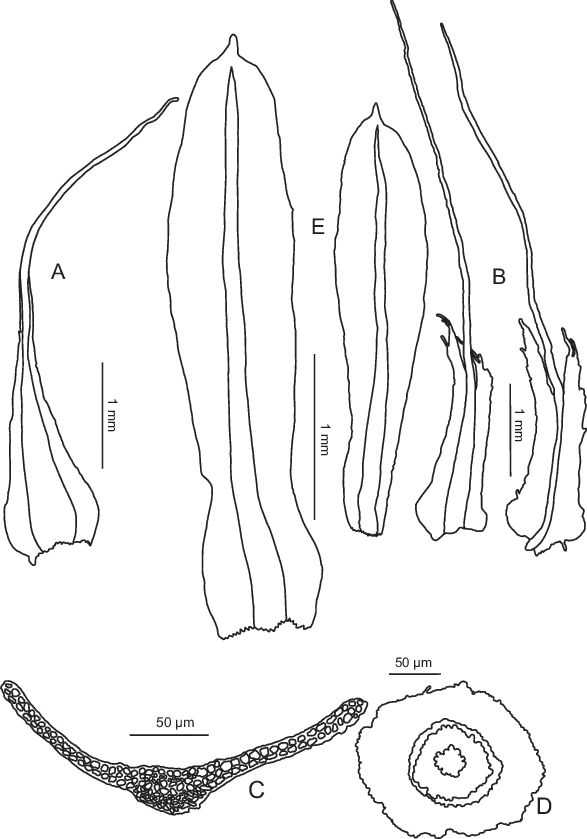
Diphyscium-mucronifolium-from-Koponen-Huttunen-Rao-50598-A-Outer-perichaetial.png from: https://www.researchgate.net/figure/Diphyscium-mucronifolium-from-Koponen-Huttunen-Rao-50598-A-Outer-perichaetial_fig4_47935239
Introduction
In the vast and captivating world of bryophytes, one moss species stands out as a true marvel – the Diphyscium mucronifolium Mitt., commonly known as Diphyscium. This remarkable member of the Diphysciaceae family has captured the hearts and minds of moss enthusiasts worldwide with its unique features and fascinating adaptations.
Background
Before delving into the intricacies of Diphyscium mucronifolium Mitt., it’s essential to understand the broader context of bryophytes. These non-vascular plants, which include mosses, liverworts, and hornworts, are often overlooked but play a crucial role in various ecosystems. They are among the oldest land plants on Earth, with a rich evolutionary history dating back millions of years.
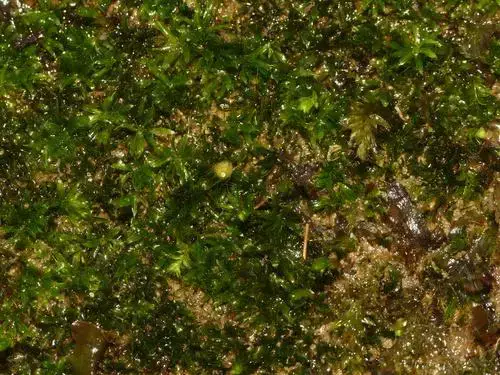
medium.jpeg from: https://www.biodiversity4all.org/taxa/355590-Diphyscium-mucronifolium
Main Content
Morphology and Identification
Diphyscium mucronifolium Mitt. is a striking moss species that immediately catches the eye with its distinctive appearance. The plants form dense, cushion-like tufts, with each individual shoot bearing two types of leaves – the larger, ovate-lanceolate leaves and the smaller, narrower leaves. This unique leaf arrangement is a defining characteristic of the Diphysciaceae family.
One of the most remarkable features of Diphyscium is its calyptra, a protective cap that covers the developing sporophyte (spore-bearing structure). Unlike most mosses, the calyptra of Diphyscium is hairy, giving it a fuzzy appearance that has earned it the nickname “the hairy cap moss.”
Global Distribution and Habitat
Diphyscium mucronifolium Mitt. is widely distributed across various regions of the world, including North America, Europe, Asia, and parts of Africa. It thrives in moist, shaded environments, often found growing on rotting logs, stumps, and the bases of trees in temperate and tropical forests.
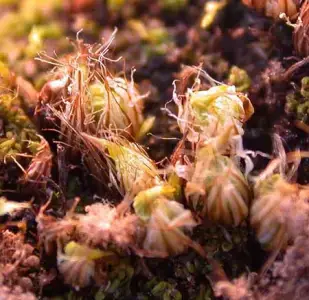
overall-sporophyte-309×300.png from: https://blogs.ubc.ca/biology321/?page_id=2556
This moss species plays a vital role in these ecosystems, contributing to nutrient cycling and providing microhabitats for a diverse array of invertebrates and other organisms.
Ecological Roles and Adaptations
Like many bryophytes,
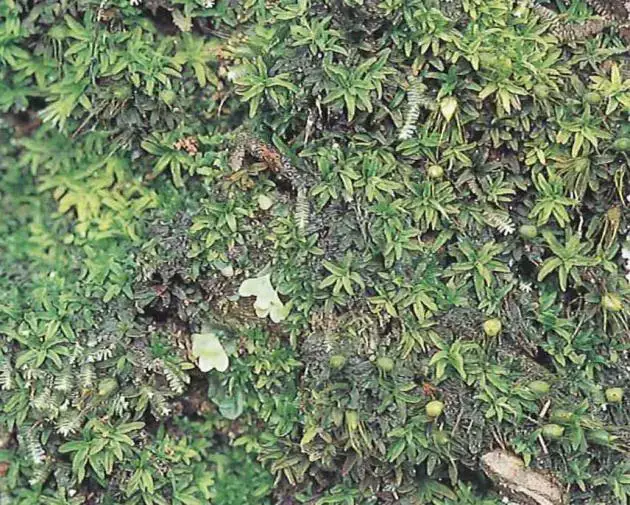
B038-02_0.jpg from: http://taibif.tw/zh/namecode/200142
Diphyscium mucronifolium Mitt. exhibits remarkable adaptations that allow it to thrive in its unique niche. One of its most notable adaptations is its ability to rapidly absorb and retain moisture, thanks to its dense cushion-like growth form and specialized leaf structures.
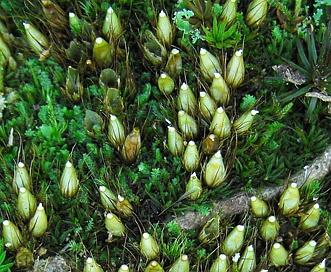
Diphyscium_foliosum.jpg from: https://www.britishbryologicalsociety.org.uk/learning/species-finder/diphyscium-foliosum/
This moss species also plays a crucial role in soil formation and stabilization, helping to prevent erosion and creating favorable conditions for other plants to establish themselves.
Case Studies/Examples
In a recent study conducted in the Pacific Northwest region of North America, researchers discovered that Diphyscium mucronifolium Mitt. serves as a vital microhabitat for a variety of invertebrate species, including mites, springtails, and other tiny creatures. These organisms rely on the moss for shelter, food, and moisture, highlighting the importance of preserving this species and its associated ecosystems.
Technical Table
| Characteristic | Description |
|---|---|
| Phylum | Bryophyta |
| Class | Bryopsida |
| Order | Diphysciales |
| Family | Diphysciaceae |
| Genus | Diphyscium |
| Species | Diphyscium mucronifolium Mitt. |
| Common Name | Hairy Cap Moss |
| Growth Form | Cushion-like tufts |
| Leaf Arrangement | Two types: larger ovate-lanceolate and smaller narrower leaves |
| Calyptra | Hairy, protective cap covering the sporophyte |
| Habitat | Moist, shaded environments, rotting logs, stumps, tree bases |
| Distribution | North America, Europe, Asia, parts of Africa |
Conclusion
Diphyscium mucronifolium Mitt., the hairy cap moss, is a true gem in the world of bryophytes. Its unique morphology, global distribution, and ecological significance make it a fascinating subject for moss enthusiasts and naturalists alike. As we continue to explore and appreciate the wonders of the natural world, this remarkable moss species serves as a reminder of the incredible diversity and resilience of life on our planet. Perhaps the next time you venture into a moist, shaded forest, you’ll be lucky enough to encounter the fuzzy, captivating presence of Diphyscium mucronifolium Mitt.